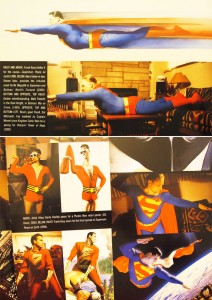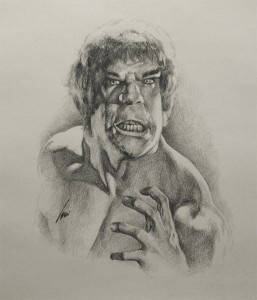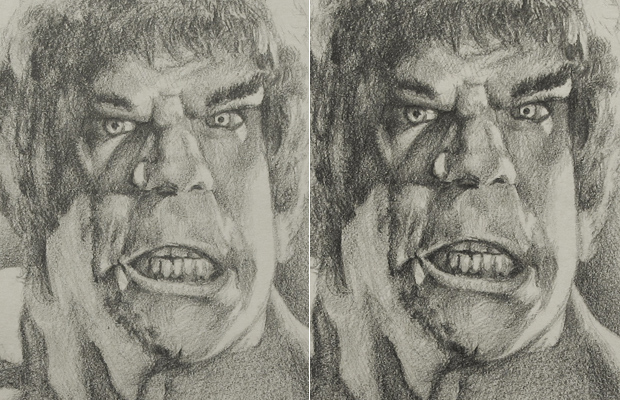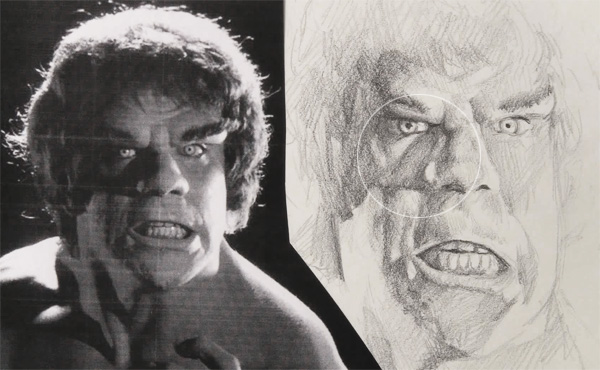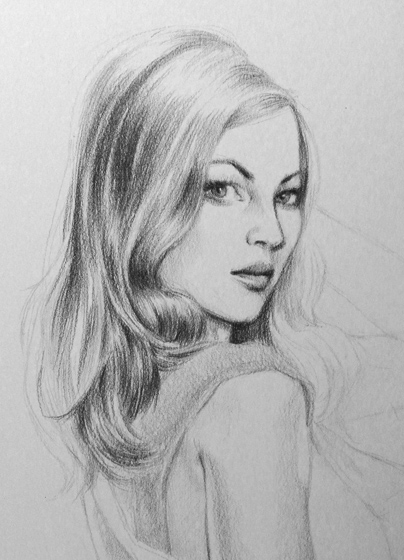In Mythology: The DC Comics Art of Alex Ross, Alex Ross said on the use of live models, “Before that I have no idea how much I could grow as a draftsman. It was a huge turning point, because all through grade school I hadn’t so much as drawn from photographs. I’d always thought that you had to make it all up out of your head, and that’s how you did ‘fantasy’ illustrations. Now I wonder if I would have developed even sooner had I drawn from life as a child.”
Alex Ross is spot on with that comment. It is so true. Early in my drawing days, I felt the same way, that you were copying and NOT drawing if you had used references. It was only not too long ago that I started to draw from references. I think most artist has a lot of pride and feels that what they create has to be original, and anything that is referenced is cheating, and not really their own. What is art if it is not your own? I felt that way for most of my life. But now I don’t. And you have no idea what a breakthrough it has been for me. You have to get it out of your head if you still think referencing is cheating and not original. I guarantee you will be come a better artist once you start drawing from reference, or from live models as what Alex Ross likes to photograph and use. Seriously, I don’t think anyone can say that Alex Ross’s work is not original.
The next time you want to draw something, make sure you have some references. Through the use of references, you are going to improve your skills by seeing how things really are. You will see, through real life, the forms, the highlights, shadows, bounce lights, etc. Eventually you will be able to draw convincingly without references, because you will have a great understanding of light and how to render any forms realistically. But even at that point, you should still use references, especially for more important drawings.
I use live references all the time. Just pose yourself or anyone else that is willing to be photographed. You can use natural window lights or artificial lights like a simple desk lamp. Whatever works. I fancy myself as an amateur photographer, and I think most artist do too=). So I have some professional photography equipments that I use for specific lighting. But you don’t have to have them, simple household lights will work just as well.
So next time, grab your girlfriend, boyfriend, wife, mistress, or your neighbor’s dog and take their photo for reference!
